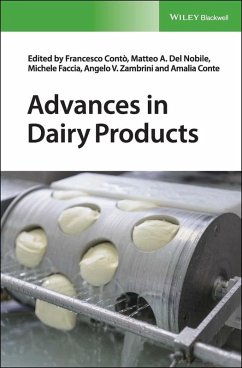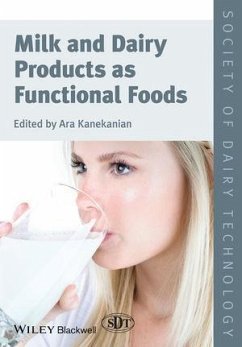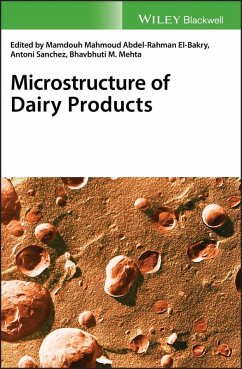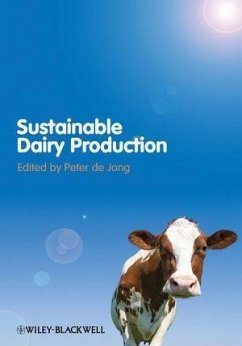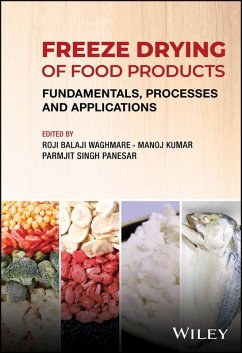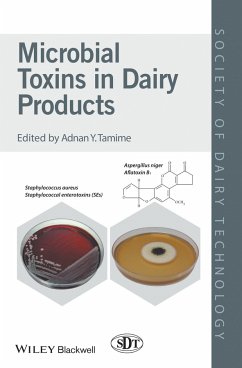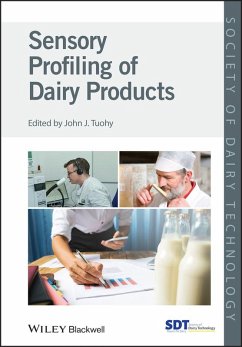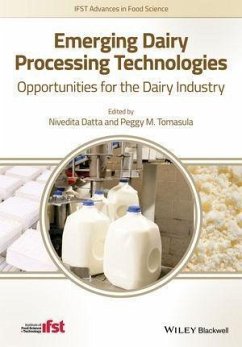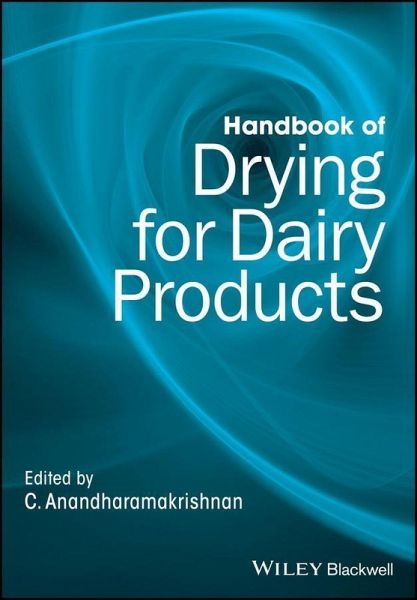
Handbook of Drying for Dairy Products (eBook, ePUB)
Versandkostenfrei!
Sofort per Download lieferbar
151,99 €
inkl. MwSt.
Weitere Ausgaben:

PAYBACK Punkte
0 °P sammeln!
Handbook of Drying for Dairy Products is a complete guide to the field's principles and applications, with an emphasis on best practices for the creation and preservation of dairy-based food ingredients. Details the techniques and results of drum drying, spray drying, freeze drying, spray-freeze drying, and hybrid drying Contains the most up-to-date research for optimizing the drying of dairy, as well as computer modelling options Addresses the effect of different drying techniques on the nutritional profile of dairy products Provides essential information for dairy science academics as well ...
Handbook of Drying for Dairy Products is a complete guide to the field's principles and applications, with an emphasis on best practices for the creation and preservation of dairy-based food ingredients.
- Details the techniques and results of drum drying, spray drying, freeze drying, spray-freeze drying, and hybrid drying
- Contains the most up-to-date research for optimizing the drying of dairy, as well as computer modelling options
- Addresses the effect of different drying techniques on the nutritional profile of dairy products
- Provides essential information for dairy science academics as well as technologists active in the dairy industry
Dieser Download kann aus rechtlichen Gründen nur mit Rechnungsadresse in D ausgeliefert werden.






